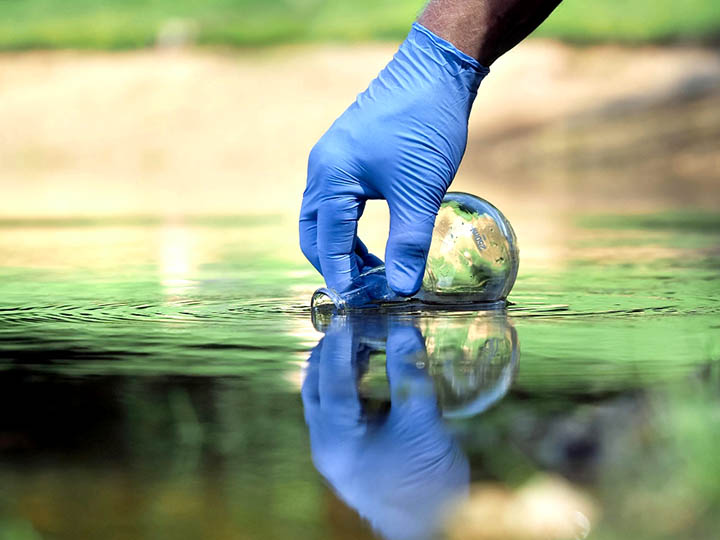
Ammonia is the main byproduct of protein breakdown in fish. Fish digest protein in their feed and excrete ammonia via their gills and feces. The amount of ammonia excreted by fish varies with the amount of feed added to the pond or culture system, with feeding rates increasing as feeding rates increase.
Effects of ammonia on fish
If ammonia accumulates in fish production systems, it is toxic to fish. When ammonia levels reach toxic levels, fish are unable to extract energy from feed efficiently. If the ammonia concentration becomes too high, the fish will become lethargic and eventually die from a coma.
The presence of 0.05 mg of unionized ammonia per liter of water can be harmful to fish and stunt their growth. As it reaches this level, it irritates the fish, causing increased health deterioration and stress. As a result, they become more susceptible to bacterial infection and their disease resistance decreases.
Worse, concentrations of un-ionized ammonia greater than 2.0 mg per liter can be lethal to fish, despite the fact that many fish ponds experience periods of free ammonia above 4-5 mg. One of the reasons for high ammonia toxicity is the low fish hatch.
Causes of ammonia toxicity
There are including some causes for which ammonia toxicity occurred:
- Uneaten fish feed (from overfeeding)
- Fish farm waste / fecal solids
- Dead algae (particularly in late fall to winter or during algal blooms
As these compounds break-down, they often release ammonia as a by-product.
The amount of ammonia excreted by fish varies with the amount of feed added to the pond or culture system, with feeding rates increasing as feeding rates increase. Ammonia is also introduced into the pond by bacterial decomposition of organic matter, such as uneaten feed or dead algae and aquatic plants.
The uptake (assimilation) of ammonia by plankton algae is critical in reducing the amount of ammonia that comes into contact with fish. Ammonia levels rise in the fall and winter due to decreased algae populations in the pond and algae populations that are less capable of removing ammonia from the water.
Furthermore, lower water temperatures slow aerobic bacterial activity, which slows the nitrification process, which converts ammonia to harmless nitrate (Figure 1). Algae die-offs can also result in very high ammonia concentrations, but the low pH associated with the algae’s disappearance reduces the proportion of toxic un-ionized ammonia present.
Ideal ammonia level in fish pond
Total ammonia nitrogen (TAN) is made up of toxic (un-ionized) ammonia (NH3) and nontoxic (ionized) ammonia (NH+ 4). The proportion of TAN in the toxic form increases as the temperature and pH of the water rise. Ammonia concentration should maintain below 0.05 mg in aquaculture pond for fish production and profit.
How to remove ammonia from fish pond:
In large pond culture systems, treatment for high TAN concentrations is difficult. Pumping fresh water into the pond is not a practical or cost-effective way to reduce ammonia levels throughout the pond. It does, however, provide a small area near the inflowing water where fish can seek refuge. Aeration will slightly reduce the toxic effect of un-ionized ammonia by maintaining high dissolved oxygen levels. Furthermore, increased aerobic bacterial activity due to higher oxygen levels may reduce TAN levels. Feeding rates should be reduced temporarily until TAN levels fall to an acceptable level.
There are several management methods for controlling ammonia. The most important are to feed no more protein than is necessary, to feed conservatively, to avoid uneaten feed, to achieve a low feed conversion ratio, and to avoid low dissolved oxygen concentrations. Animals feed better, when they are not stressed by low dissolved oxygen concentrations, and nitrification is inhibited at concentrations less than 3 to 4 mg/L.
Flushing a pond at a rate of 30 to 50 percent of pond volume per day can remove ammonia in an emergency with high ammonia concentrations. Bio filters are used in water recirculating systems to remove ammonia nitrogen from water through nitrification.
Farhana Islam
Agriculturist, Researcher
